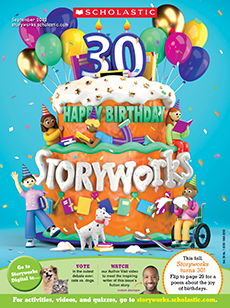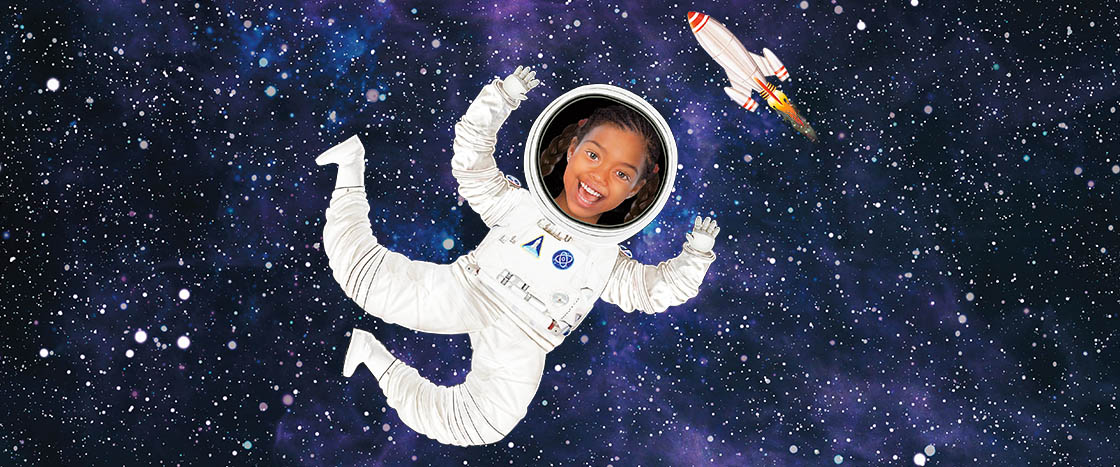3. . . 2 . . . 1 . . . blastoff! With a burst of rocket fire, you rush toward the sky. The spaceship rattles like the bumpiest roller-coaster ride ever. As you speed faster and faster, it feels like a giant hand is pressing you into your seat.
Then the rocket engine shuts off . . . and you’re instantly weightless. Unbuckling your seat belt, you float around the ship. Through the window, Earth looks like a watery marble hovering in the darkness of space.
Usually, astronauts study and train for years before they get this experience. But regular people might travel to space as soon as this year.
Some rocket companies are letting any adult buy a spot on a future space trip. And NASA, the government space agency, will soon let people visit the International Space Station—a science lab that circles high above Earth.
But you don’t need to be a rocket scientist to wonder: Are space vacations a good idea?
3. . . 2 . . . 1 . . . blastoff! With a burst of rocket fire, you rush toward the sky. The spaceship rattles like a bumpy roller-coaster ride. You speed faster and faster. It feels like a giant hand is pressing you into your seat.
Then the rocket engine shuts off. All of a sudden, you’re weightless. You unbuckle your seat belt and float around the ship. Through the window, Earth looks like a watery marble floating in the darkness of space.
Usually, astronauts study and train for years before they get to be in space. But regular people might travel there as soon as this year.
Some rocket companies are letting people buy a spot on a future space trip. And NASA, the government space agency, will soon let people visit the International Space Station. That’s a science lab that circles high above Earth.
But are space vacations a good idea?


